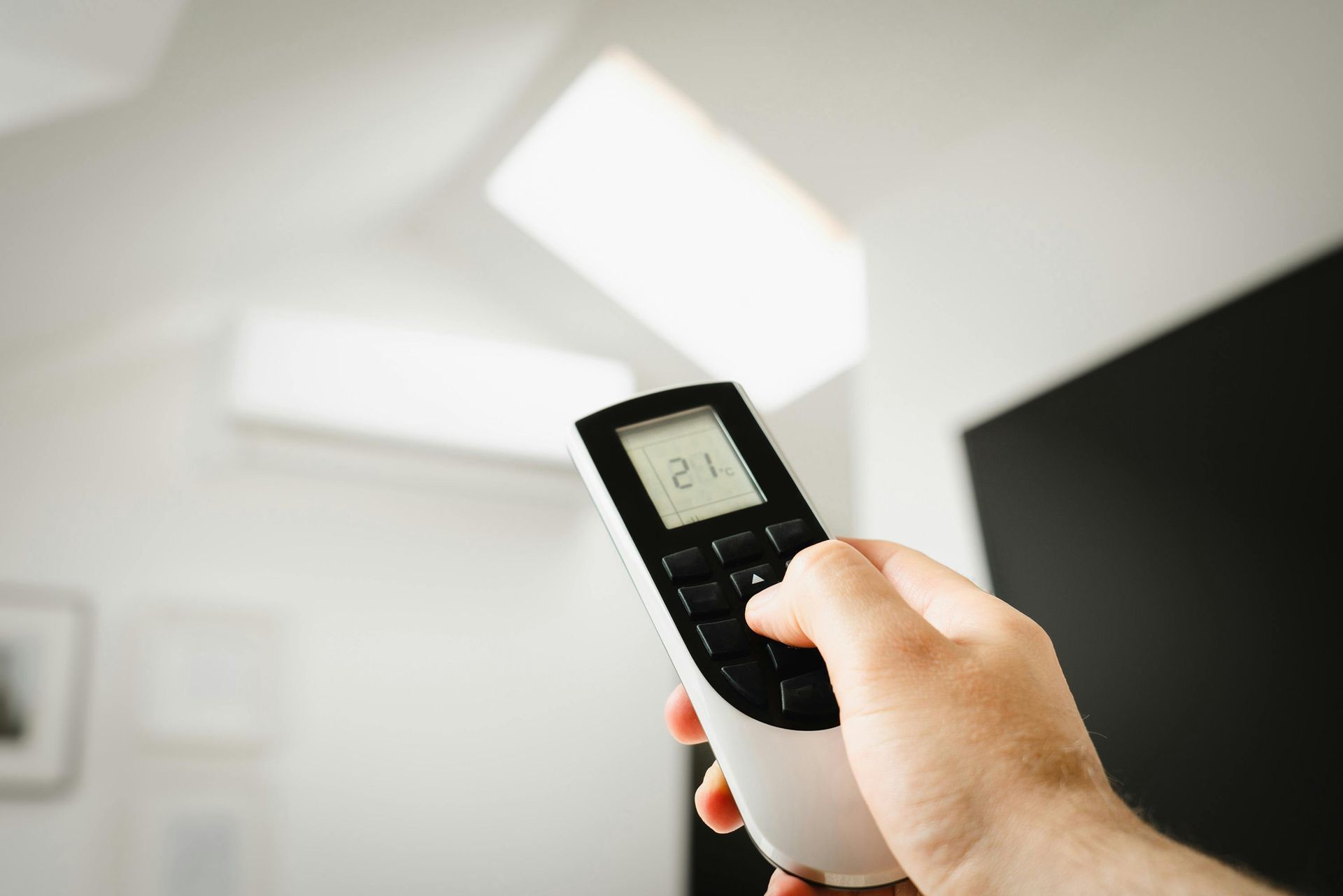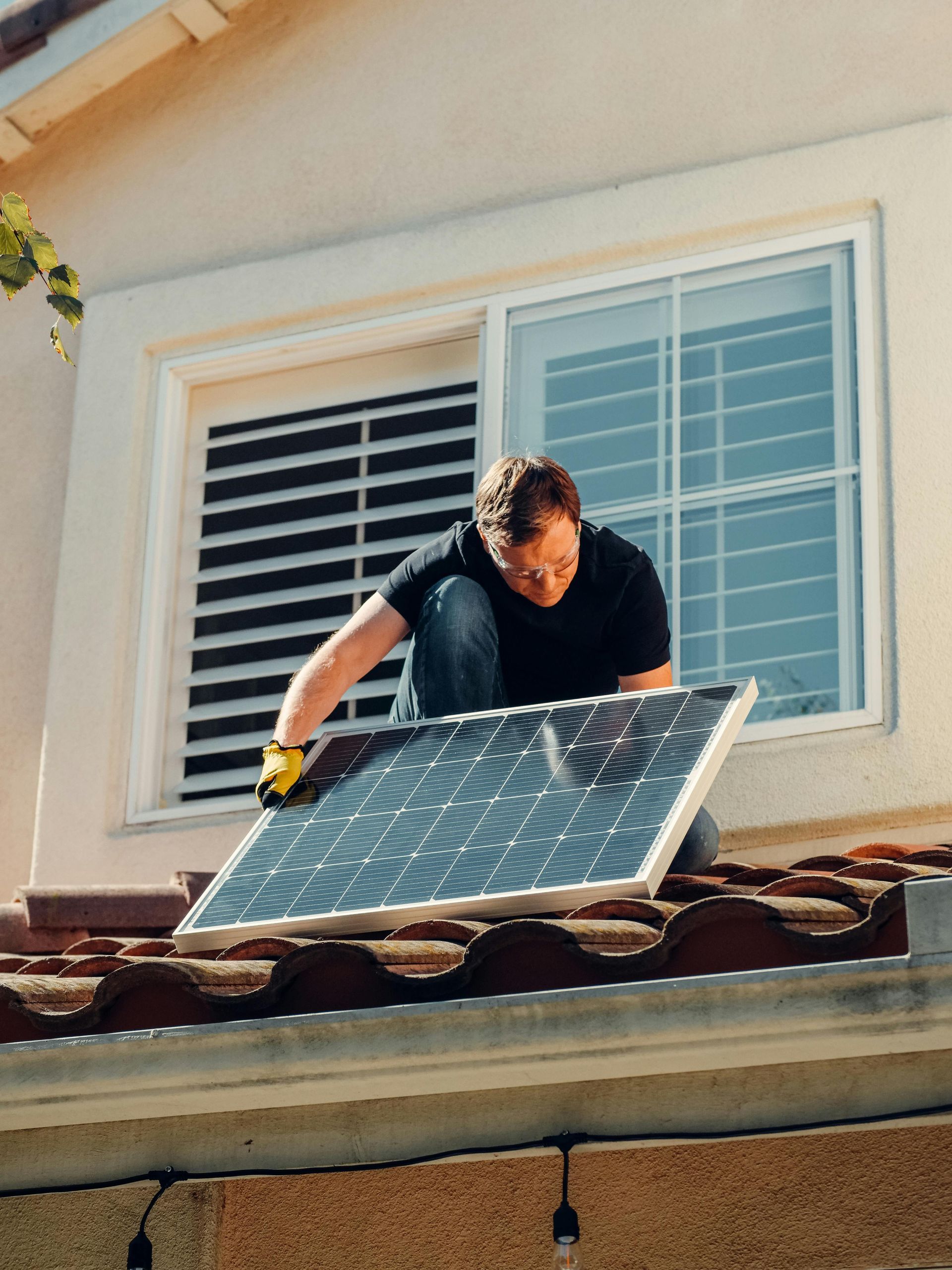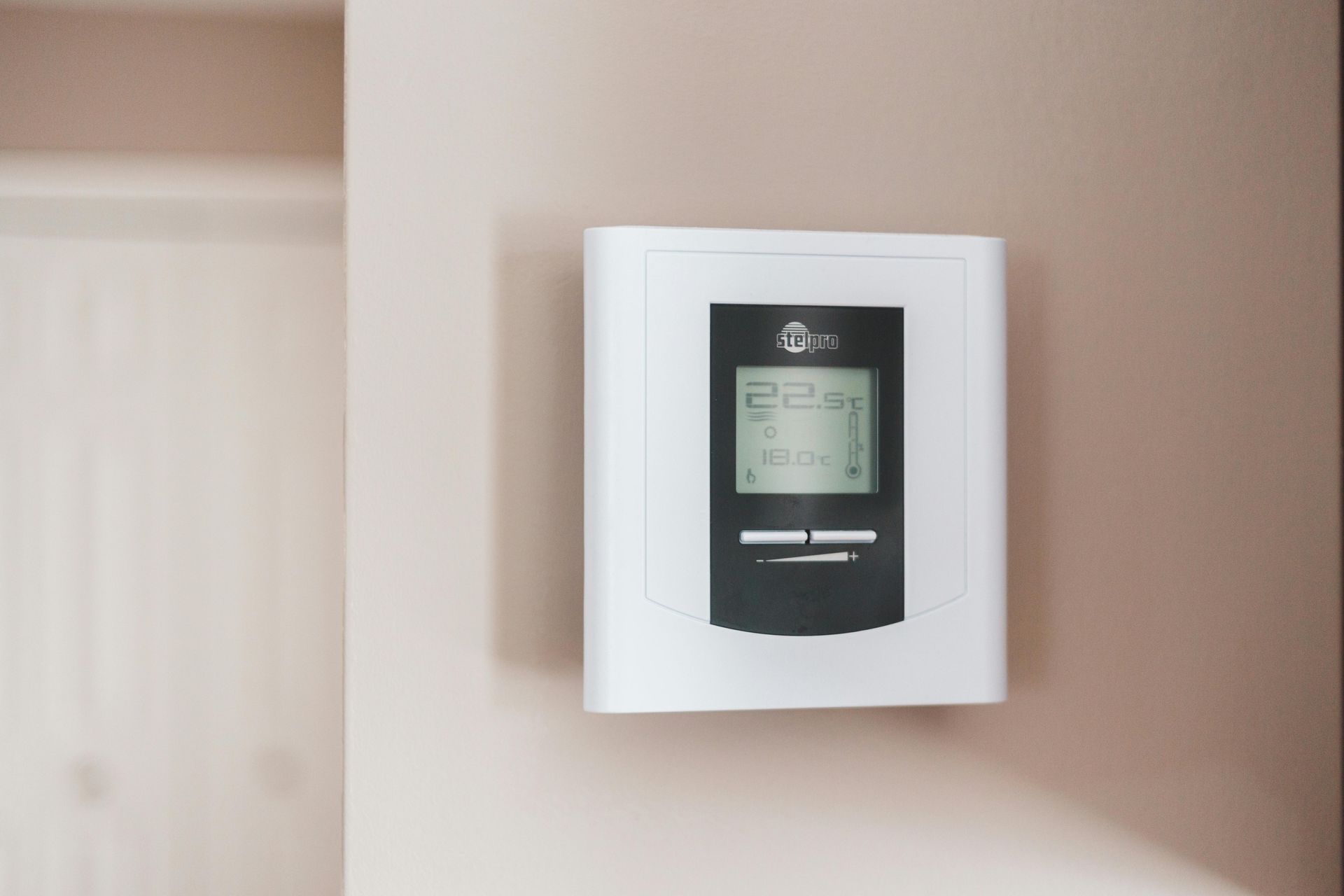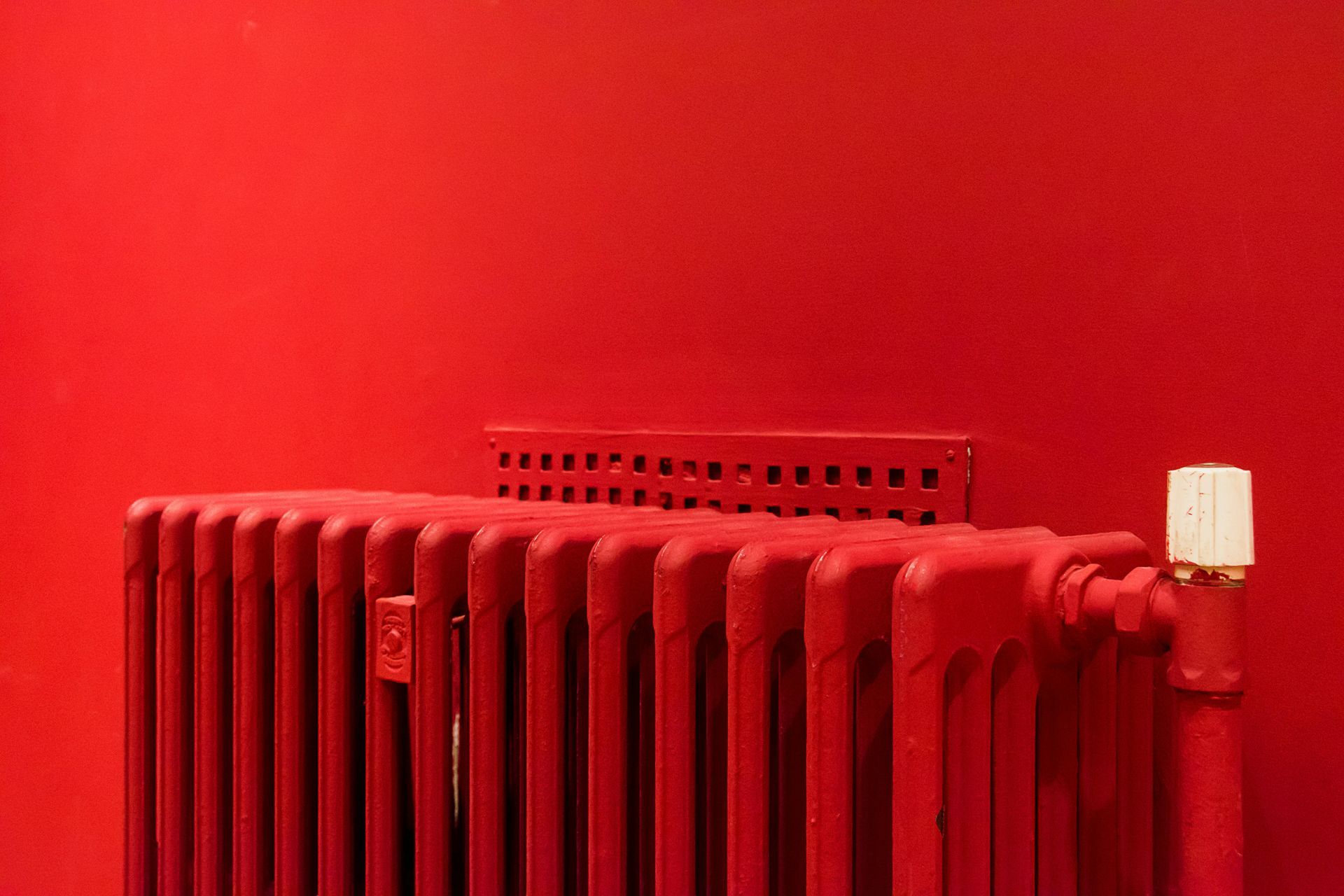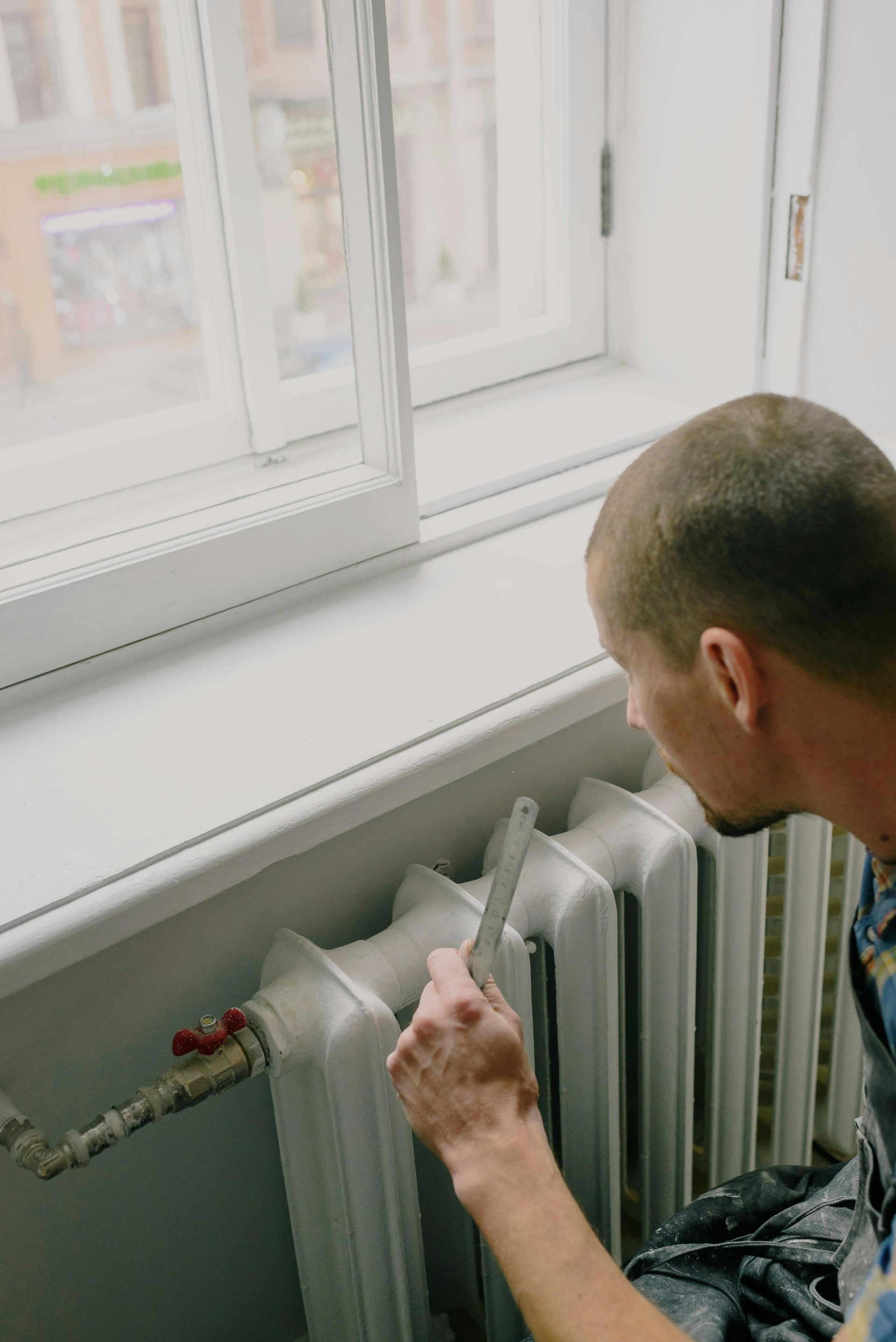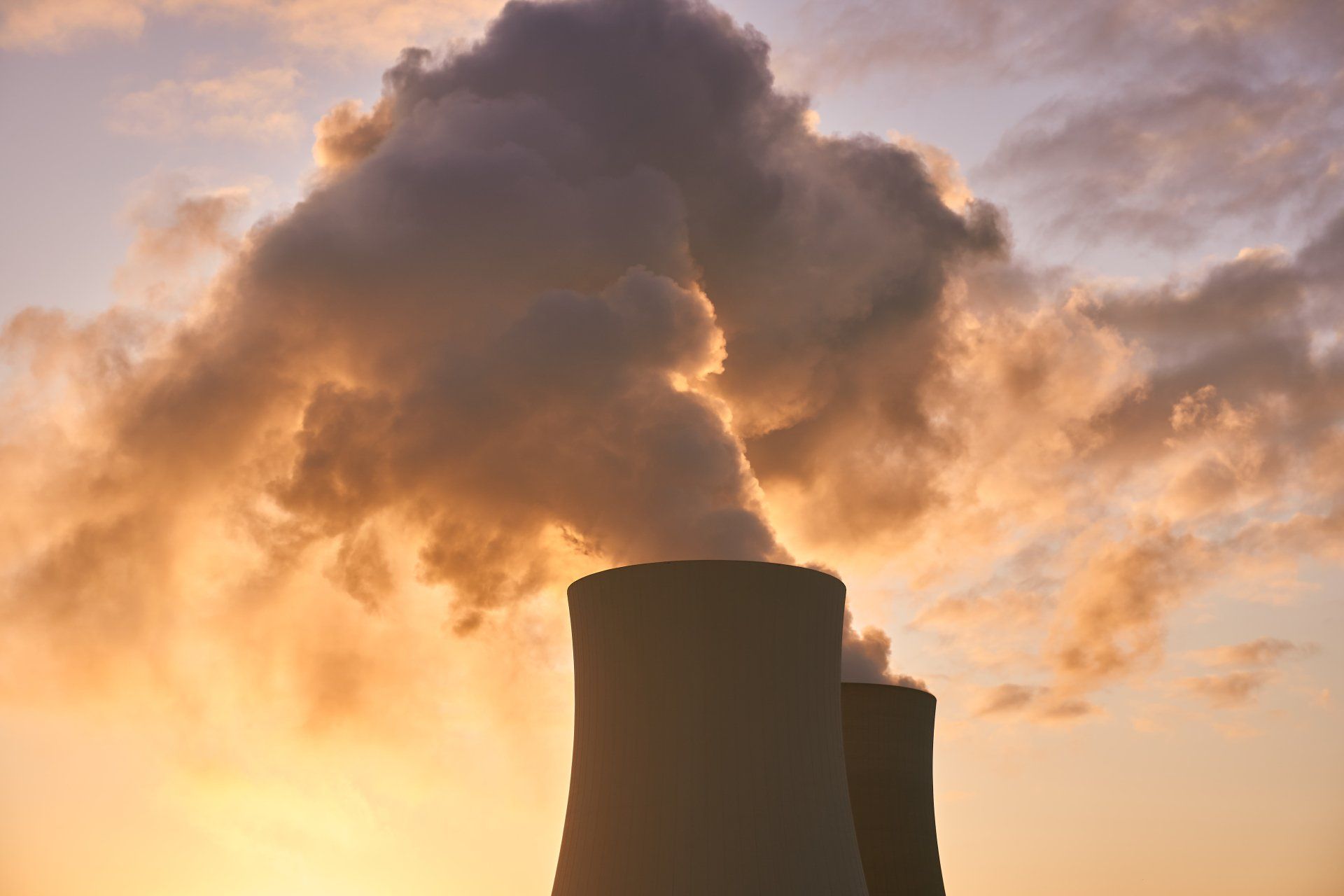What does HVAC Stand for?
HVAC systems are a crucial part of our daily lives. They keep us comfortable in our homes, offices, and even in our cars.
But what exactly is HVAC? And why is it so important?
HVAC stands for Heating, Ventilation, and Air Conditioning. These systems control the
temperature and air quality in indoor spaces.
Understanding the basics of HVAC can help you make informed decisions about your home or business. It can also help you maintain your system, saving you money in the long run.
In this article, we'll explore the fundamentals of HVAC. We'll cover everything from what HVAC stands for, to how the systems work, and why they're so vital.
What Does HVAC Stand For?
HVAC is an acronym that stands for Heating, Ventilation, and Air Conditioning. Each component plays a crucial role in maintaining a comfortable and safe indoor environment.
The heating element controls the temperature, keeping spaces warm during colder months.
Ventilation ensures a continuous flow of fresh air, removing stale air and potential
pollutants.
Air conditioning cools the air when temperatures rise, and also helps to
control humidity levels. Together, these three elements work to create a balanced and comfortable indoor climate.
The Importance of Heating, Ventilation, and Air Conditioning
HVAC systems are essential for maintaining a comfortable and healthy indoor environment. They regulate temperature and humidity levels, ensuring that indoor conditions remain consistent and comfortable throughout the year.
Beyond comfort, HVAC systems also play a vital role in promoting good health. Proper ventilation reduces the concentration of pollutants and allergens,
improving indoor air quality. This is particularly important in buildings where windows can't be opened, or in areas with poor outdoor air quality.
In commercial settings, HVAC systems are crucial for maintaining a productive work environment. They also help to protect sensitive equipment that could be damaged by extreme temperatures or humidity levels.
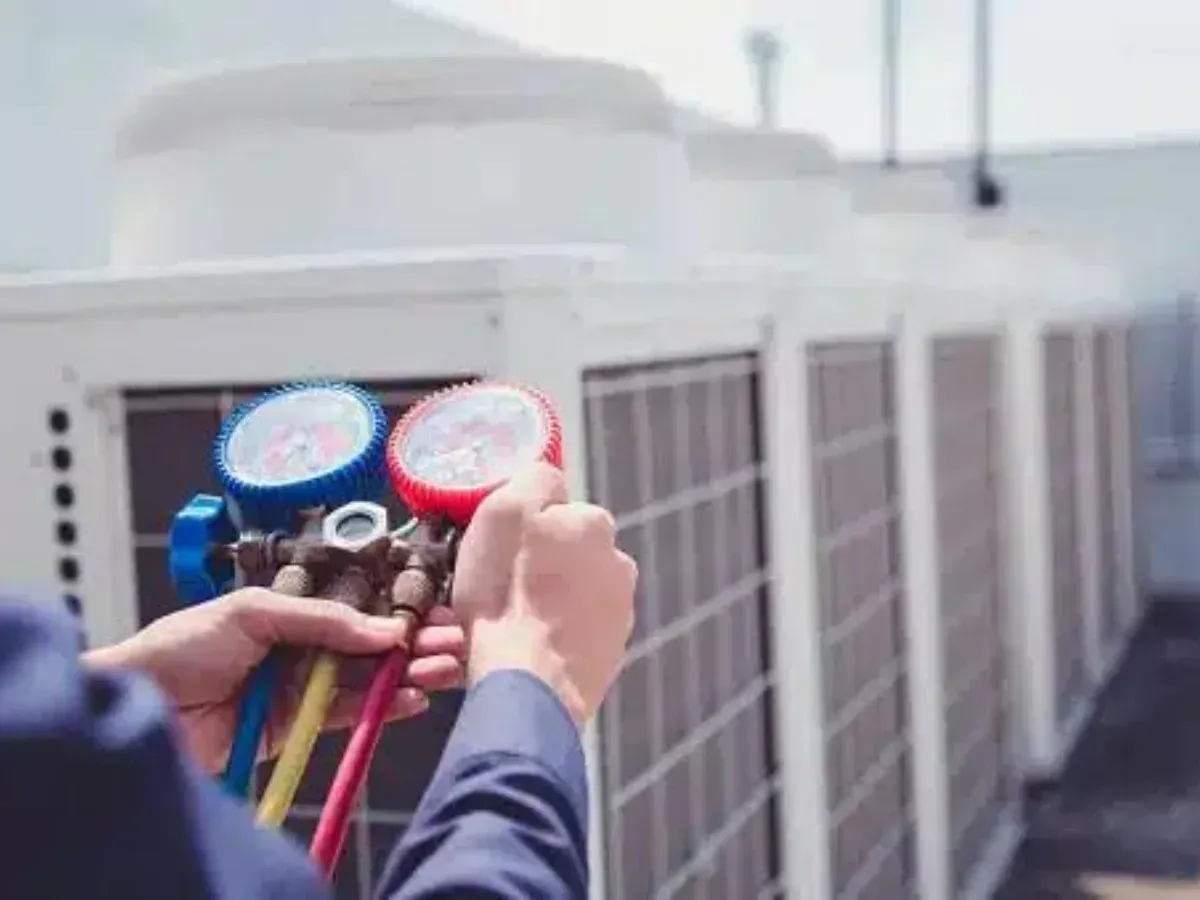
Photo By: Service Channel
Key Components of an HVAC System
An HVAC system is composed of several key components. Each plays a unique role in heating, cooling, or ventilating a space. Understanding these components can help you better maintain your system and identify potential issues.
The main components of an HVAC system include:
- Furnaces and heaters
- Air conditioners and cooling systems
- Ventilation equipment
- Thermostats and controls
Furnaces and Heaters
Furnaces and heaters are responsible for heating air. They do this by burning fuel, such as natural gas or oil, or by using electricity. The heated air is then distributed throughout the building via ductwork.
Regular maintenance of these components is crucial. It ensures they operate efficiently and
safely, especially during the colder months.
Air Conditioners and Cooling Systems
Air conditioners and cooling systems remove heat from the air. They do this by using a refrigerant, a substance that absorbs heat from the air. The cooled air is then circulated throughout the building.
Proper maintenance of these systems is essential. It can prevent breakdowns during hot weather and improve energy efficiency.
Ventilation and Air Quality
Ventilation equipment exchanges indoor air with fresh outdoor air. It also filters out pollutants and allergens. This process is crucial for maintaining good indoor air quality.
Regular cleaning and replacement of filters is important. It ensures the system effectively removes pollutants and maintains a healthy indoor environment.
Thermostats and Controls
Thermostats and controls regulate the operation of the HVAC system. They maintain the desired temperature by controlling the heating and cooling cycles. Some advanced thermostats can even learn your schedule and adjust temperatures accordingly.
Understanding how to properly set and program your
thermostat can lead to significant energy savings. It can also enhance the comfort of your living or working space.
Understanding HVAC Terminology
In the HVAC industry, several terms and acronyms are commonly used. Understanding these terms can help you better comprehend how your system works. It can also assist you in making informed decisions about HVAC maintenance and upgrades.
Some common HVAC terms include:
- CFM: Cubic Feet per Minute
- SEER: Seasonal Energy Efficiency Ratio
- BTU: British Thermal Unit
- IAQ: Indoor Air Quality
What Does CFM Stand For?
CFM stands for Cubic Feet per Minute. It's a measure of airflow volume. In HVAC systems, CFM indicates how much air a fan can move in a minute.
Understanding CFM can help you assess the efficiency of your HVAC system. It can also guide you in choosing the right equipment for your space.
SEER Ratings and Efficiency
SEER stands for Seasonal Energy Efficiency Ratio. It's a measure of an air conditioner's cooling efficiency. The higher the SEER rating, the more efficient the unit.
Understanding SEER ratings can help you choose an
energy-efficient air conditioner. It can also assist you in calculating potential energy savings.
HVAC Systems: Central vs. Local
HVAC systems can be categorized into two main types: central and local. Central HVAC systems are commonly used in larger buildings. They provide heating, cooling, and ventilation from a central location.
On the other hand, local HVAC systems are typically found in individual rooms or spaces. Examples include
window air conditioners and space heaters. These systems provide heating or cooling to a specific area.
Understanding the difference between central and local HVAC systems can guide you in choosing the right system for your needs. It can also help you understand the layout and operation of your existing HVAC system.
Maintenance and Repair of HVAC Systems
Maintaining your HVAC system is crucial for its longevity and efficiency. Regular maintenance tasks can prevent unexpected breakdowns and extend the life of the equipment.
Maintenance also ensures that your HVAC system operates at its peak performance. This can lead to significant energy savings and improved indoor air quality.
Regular Maintenance Tasks
Regular HVAC maintenance includes tasks such as changing filters and cleaning ducts. These tasks help to maintain the efficiency of the system and improve the quality of indoor air.
Checking refrigerant levels is another important maintenance task. It ensures that your air conditioning system can cool your space effectively.
When to Call for HVAC Repair
Despite regular maintenance, HVAC systems may require professional repair. If you notice unusual noises, reduced efficiency, or inconsistent temperatures, it may be time to call for HVAC repair.
HVAC repair is a specialized service. It should be performed by trained professionals to ensure the safety and longevity of your HVAC system.
The Future of HVAC Technology
The HVAC industry is continually evolving with advancements in technology. Innovations aim to improve energy efficiency and reduce environmental impact. For instance, the use of smart sensors in HVAC systems can optimize performance and detect issues early on.
The integration of HVAC systems with smart home technology is another trend. This allows for centralized control and monitoring, leading to increased convenience and energy savings.
Furthermore, the use of alternative refrigerants and renewable energy sources is becoming more common. These advancements are shaping the
future of HVAC, making it more sustainable and efficient.
Conclusion: The Role of HVAC in Our Lives
At CJ's Heating and Cooling, we understand the significance of HVAC systems in creating comfortable and healthy indoor environments. With our expert knowledge and dedication to quality service, we ensure that your HVAC needs are met with precision and care.
As technology advances, trust CJ's Heating and Cooling to keep your home or business at the forefront of
HVAC innovation.
Contact us today to experience our exceptional services and elevate your indoor comfort to the next level.

